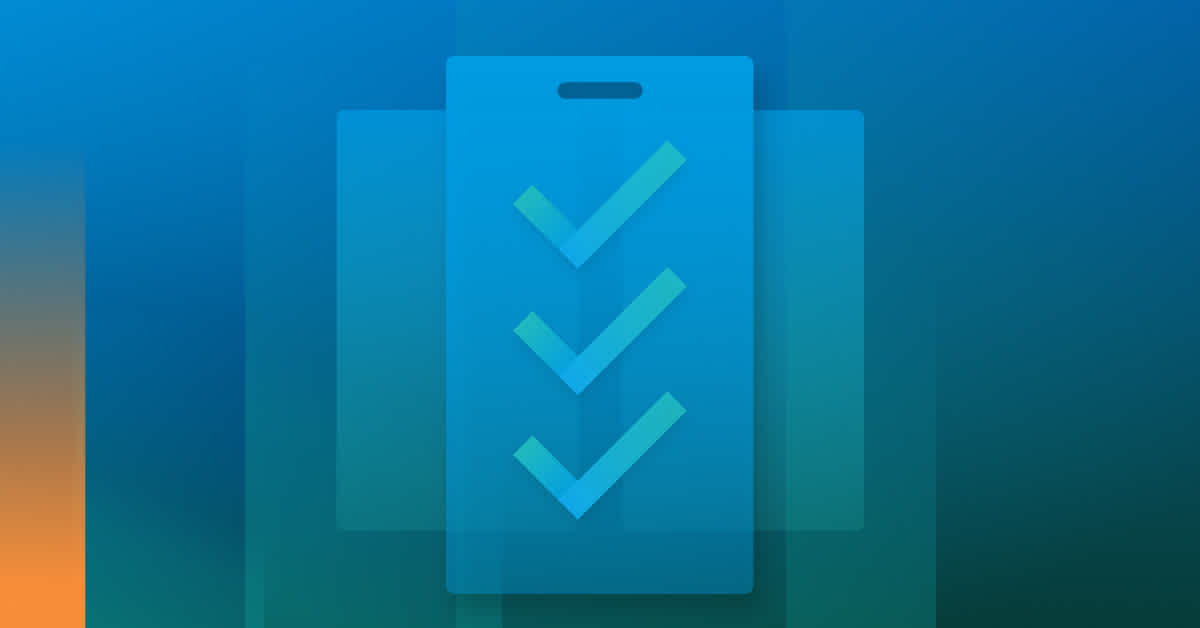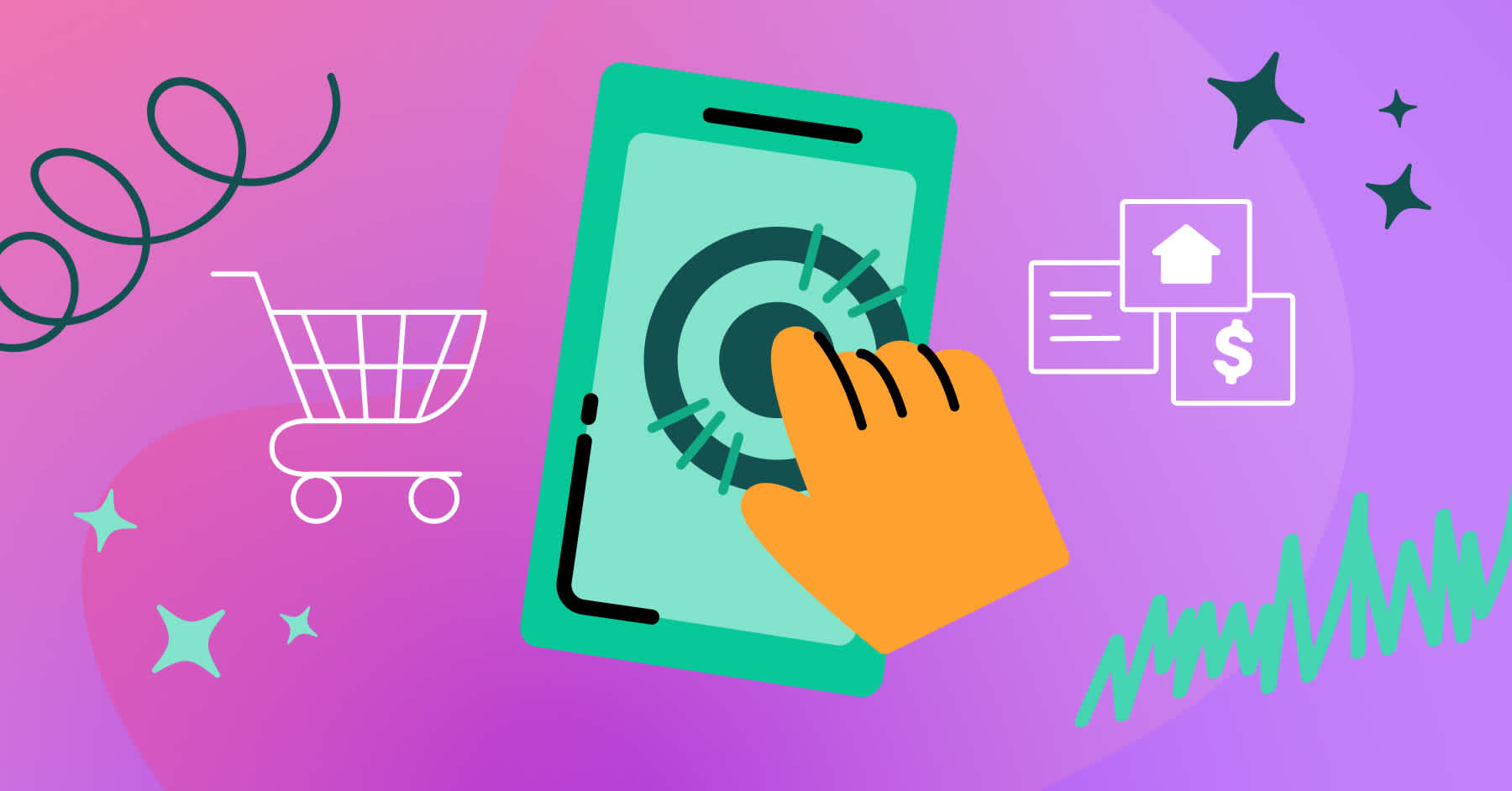Creating a best-in-class product means nothing if your users can't get up and running smoothly to benefit from those features your team has carefully coded into your mobile app. Optimizing your app onboarding sets you up for success— maximizing the potential to unlock the full value of your new users while also providing them with an enjoyable first encounter with your app.
Why a good app onboarding experience is so important
Onboarding new users well can improve user retention rates by up to 50%. App onboarding is simply the process of introducing new users to your mobile app, guiding them through what it does and how it works, and why their life is going to be richer with your app in it. You can do this through account creation, a set of screens or tutorials explaining the features, or other in-app pointers to signpost the way.
Making this first interaction slick and intuitive is crucial for a number of reasons:
First impressions matter
Don’t make the mistake of making the onboarding process an afterthought. Twenty-five percent of users abandon an app after just one use, which likely means they’ve had a lackluster first experience. We all make judgments based on initial impressions, whether that’s walking into a shop and then leaving immediately or literally judging a book by its cover. And while a beautifully branded app is important, first impressions go beyond aesthetics. A frustrating user experience from the outset will make your user think they’re likely to find the same the more they use the app.
Users feel more engaged
By showing users clearly how to use the app, they’re much more likely to engage with all of its features. A highly engaged user is going to have a higher lifetime value.
Increase your app store ranking
In turn, high engagement signals to the app stores that people are enjoying your product, which is a signal that determines how it ranks in app marketplaces. High user churn is another rank determiner; the fewer users who delete or neglect your app, the better news for your app store placement in search results.
6 app onboarding best practices
1. Keep it simple
When it comes to onboarding, brevity is your friend. By keeping instructions simple and concise, you avoid overwhelming your user with information. If your app demands a lot of explanation, split your tutorials into sections that can be done at various stages rather than immediately upon downloading (or consider a redesign!).
2. Keep it awesome
Make sure you demonstrate the benefits of your app, rather than just a list of features. So, a dating app might walk a user through how to find better matches faster through their filtering, rather than simply telling a user that they can set an age range.
3. Consider your creative
No one wants to wade through dense, badly designed text when they’re learning about something new. Make sure your explanations are well thought out, and consider where graphics, video, or an interactive tutorial can be used instead of text. The chart below shows students’ recall of information using different types of learning, proving that text isn’t always the best method of teaching your users.
4. Show progress
A progress bar provides vital information regarding the length of your onboarding process. It keeps users motivated, and lowers the risk of drop-off as people know what they’ve committed to.
5. Make it accessible
Users now expect to be able to use their social logins (e.g. Apple, Google, Facebook) as well as their email address to register an account. Provide options for all of these to maximize your registration conversion.
6. Explain your reasons
If your onboarding includes asking users for personal information in order to personalize the user experience, say that. It’ll make them a lot more comfortable about sharing this data.
Examples of effective mobile onboarding strategies
Progressive onboarding
A progressive onboarding experience walks a new user through an app one step at a time. Gradually introducing a user to different features and capabilities can help ensure that they don’t feel overwhelmed, confused, or frustrated.
Often, this type of onboarding experience is personalized to highlight the most relevant parts of the app based on what a user chooses to see or do. Progressive onboarding might include tool tips that pop up as a user moves through an app for the first time, a short questionnaire to help personalize their experience, or an interactive to-do list for getting started with the app.
Benefits-oriented onboarding
As its name suggests, benefits-oriented onboarding focuses on what the app does for the user, rather than just what it does. Often, a benefits-oriented onboarding experience will highlight three to five key benefits an app provides. For example, a travel booking app might greet new users by emphasizing that users will be able to easily compare prices for flights and hotels, make changes to their reservations directly within the app, and keep all their travel information in one place for easy access.
Function-oriented onboarding
This onboarding strategy takes care to highlight an app’s key features, often walking through them one at a time on consecutive screens. Similar to the benefits-oriented onboarding, this method focuses on three to five core features that every user should know, and avoids going into granular details. Function-oriented onboarding is often used for apps with complex features that might not be intuitive to use.
How to measure the success of your onboarding process
By measuring a range of key metrics through mobile analytics, you’ll get an overview of how your process is performing. It’s also worth researching digital product benchmarks for your particular vertical, or using a measurement tool that provides this information.
Install-to-registration rate: What percentage of people complete registration out of all those who downloaded the app?
Completion rate: What percentage of people complete the entire onboarding process?
Retention rates: How many are still using the app one day, seven days and 30 days after downloading? The inverse number is your churn rate—i.e. if your seven days retention is 25%, your churn rate is 75%.
Paywall conversion: If you ask people to subscribe or buy as part of your onboarding process, how many do this?
Engagement: How much time do users spend on the app and what features do they interact with? This is particularly important if you have introduced a brand new onboarding process—do users now understand your app better and use it more?
It’s important to track these metrics consistently, because if you make any changes to your onboarding process, you want to be able to see if they’ve had the desired effect. Equally, consistent tracking will mean you catch any huge drop-offs, which are a sure sign that something needs fixing urgently.
How to continually improve the mobile onboarding experience
Testing should be iterative when it comes to your app onboarding. The data you collect can help you finetune your app and the onboarding process for users. Additionally, it can also be incredibly useful to conduct qualitative interviews or observe users completing the steps, as this kind of verbal or live feedback can provide a rich stream of improvements you can make.
Continual improvements will also help you stay inline with user expectations and UX trends. For instance, there’s been an increase in the use of:
Dark Mode, for accessibility and ease of night reading
Gamification, rewarding users for completing certain actions
Augmented Reality, using visual overlays to the user’s own surroundings to explain an app’s features.
By proactively asking for feedback and researching competitor processes, you can build these features into your own app on a regular basis and continually optimize onboarding for new users.
Armed with the steps outlined above, your app onboarding has the potential to be a thing of beauty, slickly designed to move your new user from inexperienced to expert over the course of their journey.
This post is brought to you by Yodel Mobile, the award-winning and leading global app marketing consultancy. Yodel Mobile has driven sustainable business success for thousands of app companies, both start-ups and scale-ups, through their award-winning growth marketing strategies.
Yodel Mobile is a Fullstory Partner.
Together, Yodel Mobile + Fullstory provide holistic app marketing solutions combined with digital experience intelligence, enabling clients to experience long-term sustainable growth while crafting a more perfect mobile customer experience.
If you want to find out more about how improving the mobile customer experience can impact your app marketing campaign or you have any app marketing questions, book your free consultation with the Yodel Mobile Growth Team.




